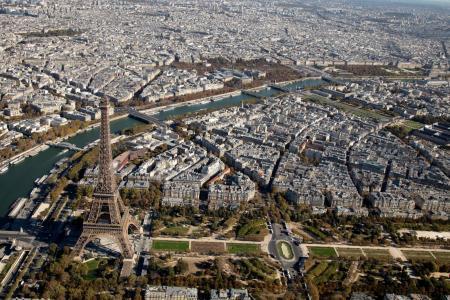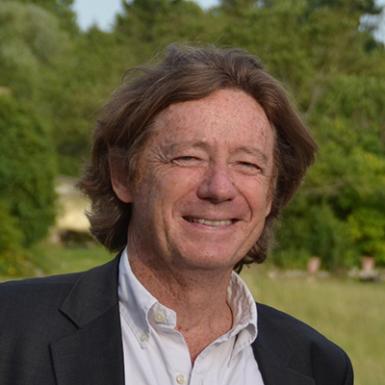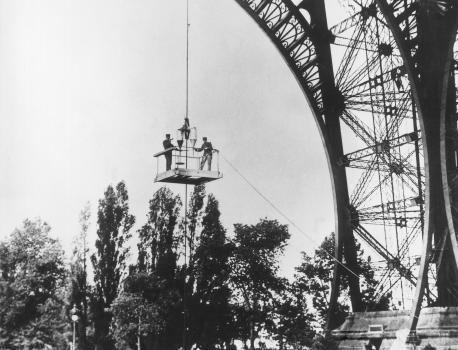The Eiffel Tower was built on the Champ de Mars, in Paris’ 7th arrondissement. Initially set up as a terrain for military drills in the middle of the countryside, just in front of the Military Academy, this esplanade was then returned to the City of Paris. Beginning in 1867, this huge open space on the west side of Paris became the traditional site for Paris’ world fairs. In 1889, the Tower was built to symbolize a monumental entry gate to the fair.
A temporary concession to Gustave Eiffel
A convention was signed on January 8, 1887 between Gustave Eiffel and the other stakeholders’ representatives, Édouard Lockroy, Minister of Commerce, on behalf of the national government, and Eugène Poubelle, prefect for the Seine, on behalf of the City. The convention stated in Article 11 that Eiffel would build the Tower at his own expense, but benefit from a 1.5 million franc subvention to the total estimated cost of 6.5 million and could manage the tower for 20 years, starting on December 31, 1889. Its ownership would then pass to the City of Paris on January 1, 1910.
City of Paris ownership
Thus, Gustave Eiffel enjoyed a temporary concession that allowed him to make back the money he had expended, without ever really owning the Tower because it sat on land that did not belong to him. Today, the City of Paris owns the Tower and has entrusted its management to a development company (SETE: Société d’Exploitation de la Tour Eiffel) of which it owns 99% of the capital.
Bertrand Lemoine is an architect, engineer and historian. He was a research director at the CNRS and general manager of the Atelier International du Grand Paris. He is an internationally recognized specialist in the history and current events of architecture, construction, the city and heritage in the 19th and 20th centuries, particularly in Paris, Greater Paris and the Eiffel Tower. He is the author of forty-three books and several hundred articles on these subjects. He is currently a consultant on architectural, urban, digital and energy issues.





